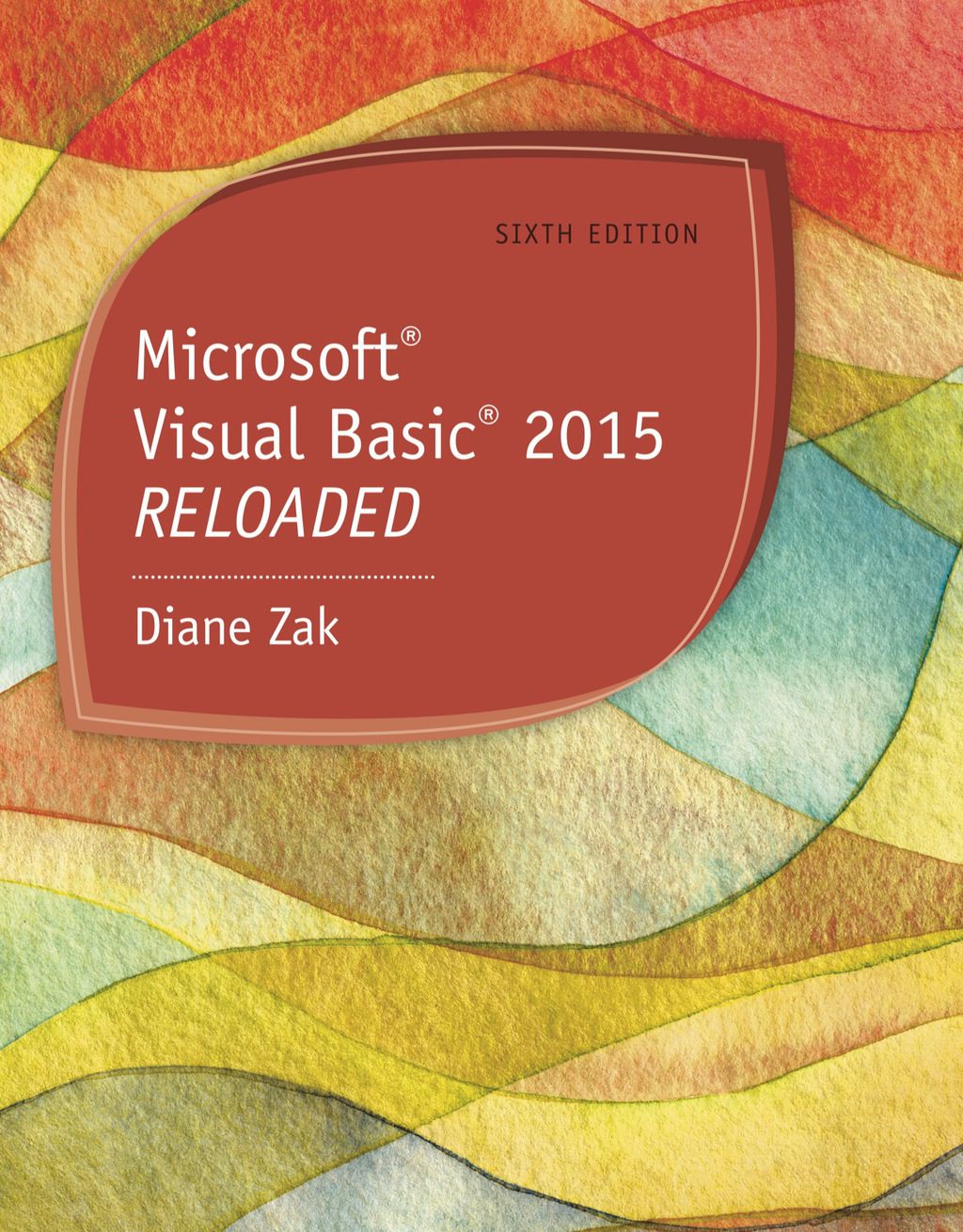Khaled Nagi (eds.)3540430466, 9783540430469
The term “agent” is one of those catchwords that mean widely differing things to different people. To telecommunications people it is little more than a mobile piece of code that may be executed at any place. At the other extreme, AI people often associate with agents human-like traits such as social behavior. In between, software people view agents as fairly self-contained pieces of software that, at the low end, pretty much act like objects and, at the high end, more or less auto- mously decide when and how to react to stimuli or proactively initiate effects that can be observed from their environment. Software agents are particularly important when it comes to distributed en- ronments. There, much of the communication takes place asynchronously, that is the sequence of events cannot be planned ahead in all detail. Instead, agents are given rules as to how to interpret the current situation and, given a common goal, so that they adjust their response accordingly. |
Table of contents :
Introduction….Pages 1-4
Application Scenario….Pages 5-19
Overview of Agent Technology….Pages 21-39
Overview of Transaction Processing….Pages 41-61
Proposed Approach: Transactional Agents….Pages 63-78
The Agent Transaction Model….Pages 79-115
Robustness Guaranteeing Mechanisms….Pages 117-133
Interacting with the Execution Agent….Pages 135-150
Simulation Study….Pages 151-159
Simulation Results….Pages 161-181
Summary and Future Work….Pages 183-185 |







Reviews
There are no reviews yet.